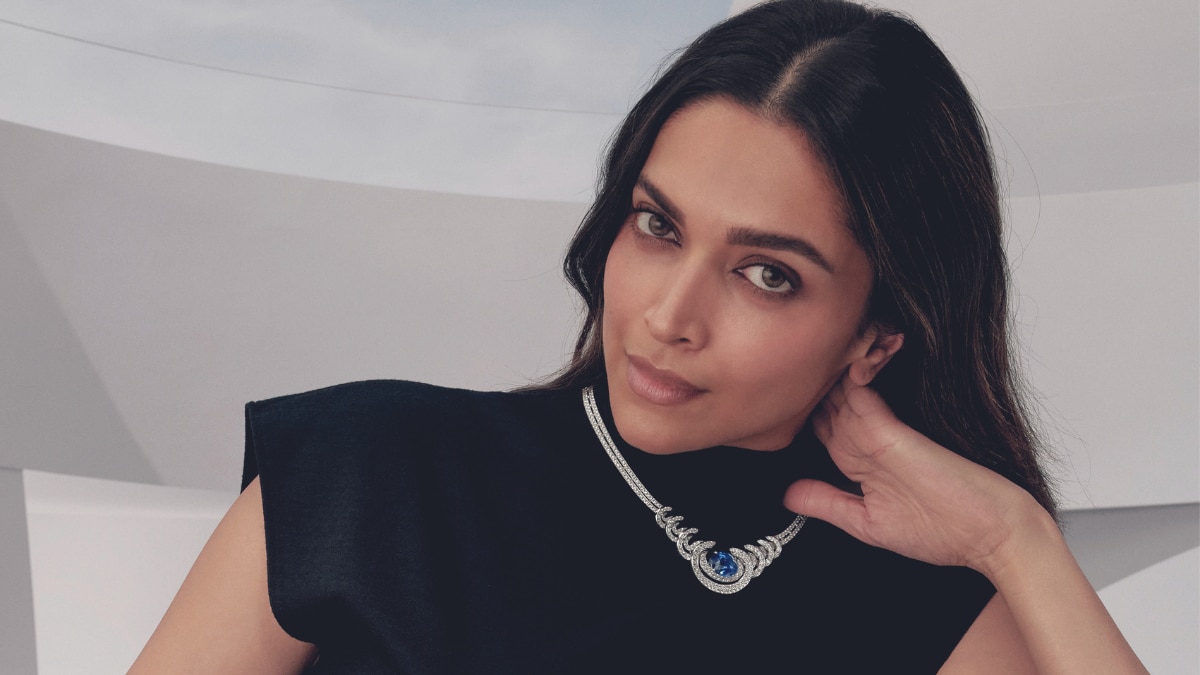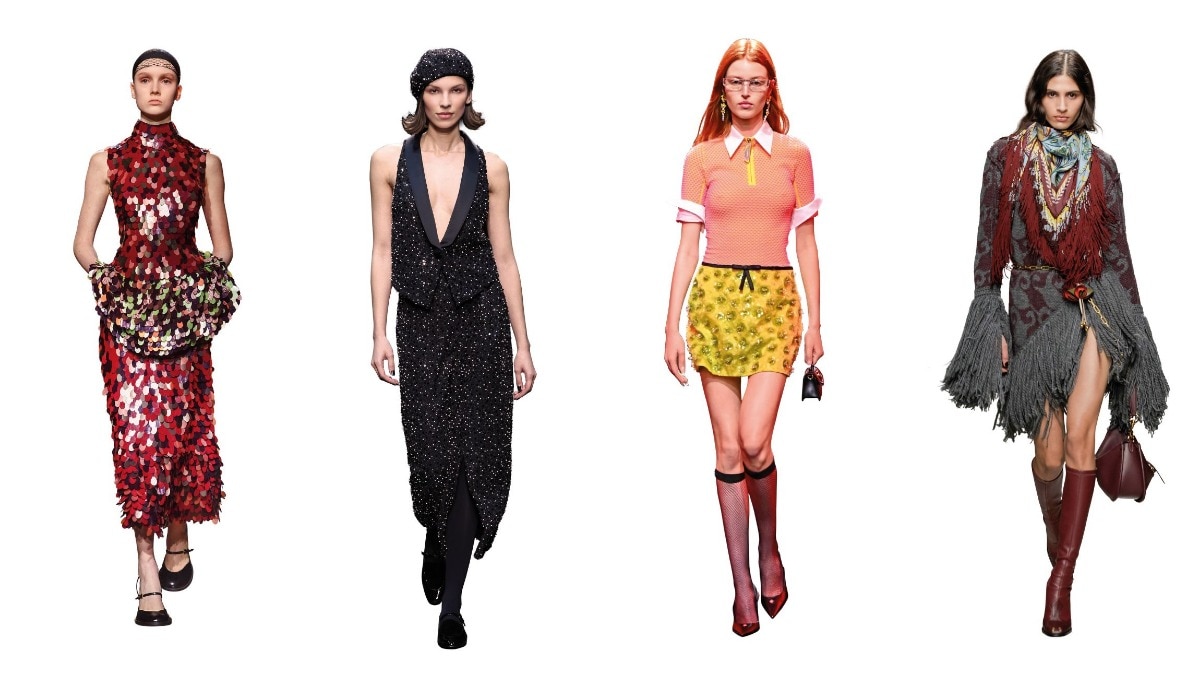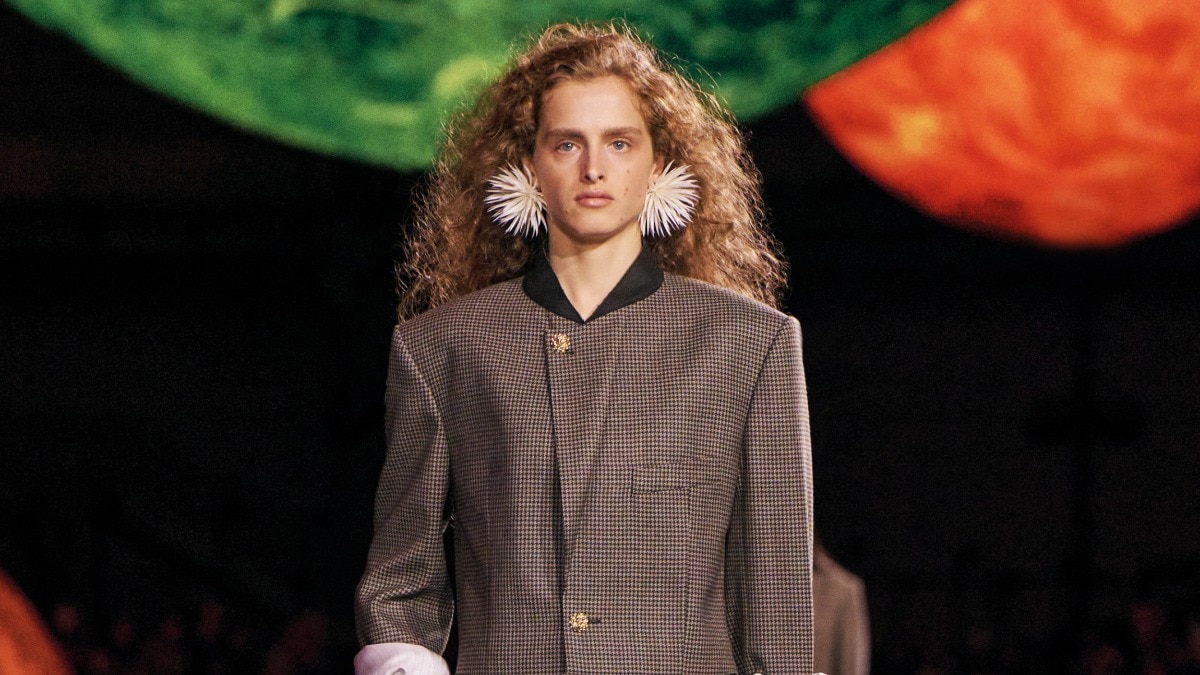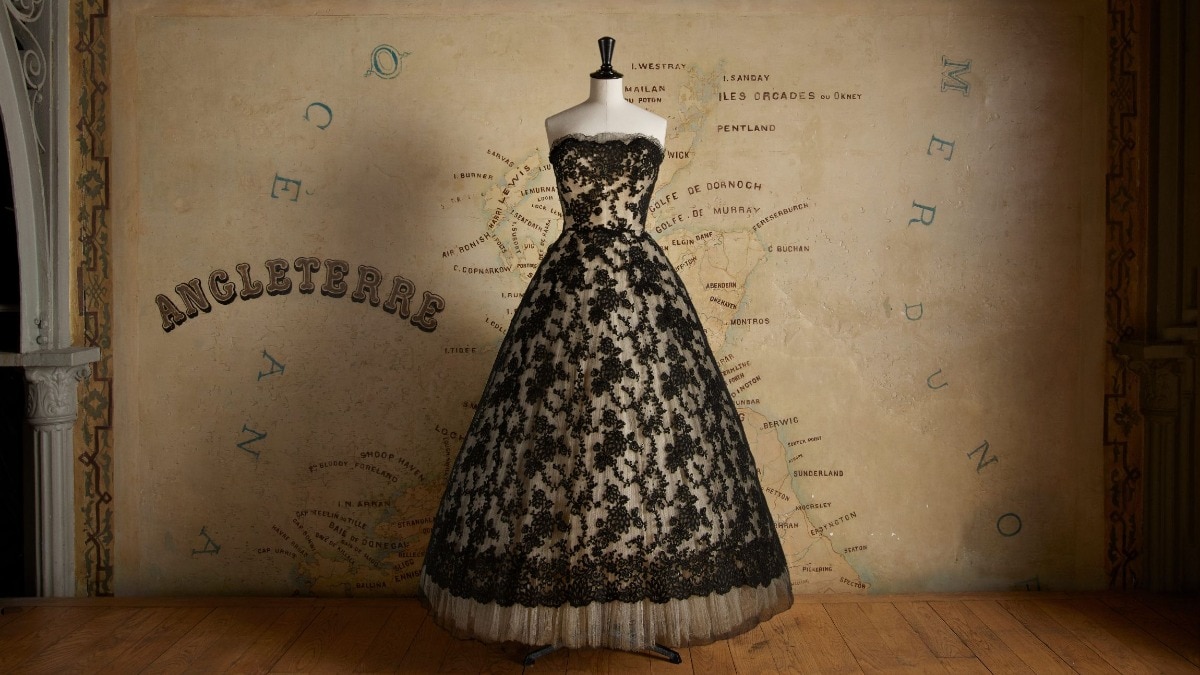
Cartier's Pierre Rainero weighs in on the Maison’s ever-evolving high jewellery culture and his sources of inspiration
The Director, Image, Style, and Heritage throws light on “the Cartier way.”


The new High Jewellery Collection illustrates the richness of Cartier’s style, at once singular and plural. Recognisable and multifaceted. Always true to itself, and constantly evolving,” reads the Voyage with Cartier book handed out to all the invitees in Florence attending the Maison’s jewellery show. Named ‘Le Voyage Recommence’, the show, set in the garden of the Palazzo Corsini and with the likes of Elle Fanning and Vanessa Kirby in attendance, is a coming together of precious architecture, heritage, and relentless innovation on a nippy summer afternoon in Italy. At the heart of this lies the philosophy celebrated and ingrained by Pierre Rainero, Director, Image, Style and Heritage at Cartier, who chats with us post the show about his personal creative processes, his journey with the house, and more.

Harper’s Bazaar: You’ve been the brand’s image style and heritage director for over two decades now. What does it entail and how has it evolved over these years?
Pierre Rainero: My involvement in the creative process began in 1991 and I started dealing with heritage projects in the mid ’90s. Even though I built this department 20 years ago, I was already taking care of a lot. It was not totally new. What was new was the linkage between heritage and style and how it was cultivated. My new position as the director for our branches really highlighted this linkage in a stronger manner, and it was even more apparent for the different departments involved in the creative process. To answer your question about how my role evolved, I think it’s a virtuous circle. Cartier has a strong creative dimension, which is the fruit of a specific culture. In a company like ours, it’s important to work with different generations and to have an exchange of experiences, ideas, and views. As far as the style goes, it’s what differentiates Cartier from the rest. It’s the result of a strong will from our founders, especially Louis Cartier. He was conscious of the fact that the Cartier family had to build something beyond themselves. In the early ’60s, he decided to leave the company himself. He was very young at the time, but he chose his successor according to the parameters we were talking about earlier—culture. His successor had the qualities to project the counterculture in the future. But it was Louis Cartier who taught us the importance of culture and how to continue to enrich it.
HB: What has been your approach in creating collections that represent the brand’s heritage and contemporary styles? How do you balance these two elements?
PR: We don’t distinguish between the two. The way we work with those two dimensions is perhaps one of the biggest lessons we learned from our founders. The idea of Cartier is always going forward—there’s no nostalgia at Cartier. They created something on which something else can be built. Every period is a founding period for a new direction. Meanwhile, my style is like a living language. It has an existing vocabulary, but the people of Cartier today enrich that language and make it comprehensible for the people. We have to be conscious and curious about this evolution and create objects that are desirable in the context of people’s current lives.

HB: The brand’s newest collection, ‘Le Voyage Recommencé’, has a lot of multicultural elements including Chinese and Islamic influences. How did your knowledge or travels help in the curation of these pieces?
PR: There is a certain curiosity towards various cultures and civilisations because they carry so many expressions of beauty that are an incredible source of inspiration. A curiosity for new shapes and forms and to explore new territories. With this collection, there is a new eye and that is in fact the theme of this collection. The idea is to create something relevant from timeless shapes and forms. Many Cartier pieces are also influenced by a curiosity towards geometry. For example, the white, round diamonds are linked to the period when Cartier first explored geometry, in the early 20th century.

HB: There are a couple of necklaces, like the Sama necklace, which are created with the usage of computer-aided design. How important is the blend of innovation and design for you?
PR: We like technology as long as it helps perceive our sense of beauty. The use of technology is not for the sake of technology or to ease the work of the designers. Let’s take the Sama necklace for instance—the scrolls and spirals of the piece were inspired by the volume of the stone itself and were completely handmade, like any traditional Cartier piece. But then when we had to actually work on the volume and on the different parts of the metal to create those scrolls. The computer was very useful, because we wanted it to be perfect to provoke that perception. Technology helps transform the concept to near perfection, but not in the designing of pieces itself. This is a practice Cartier has been following for decades.










